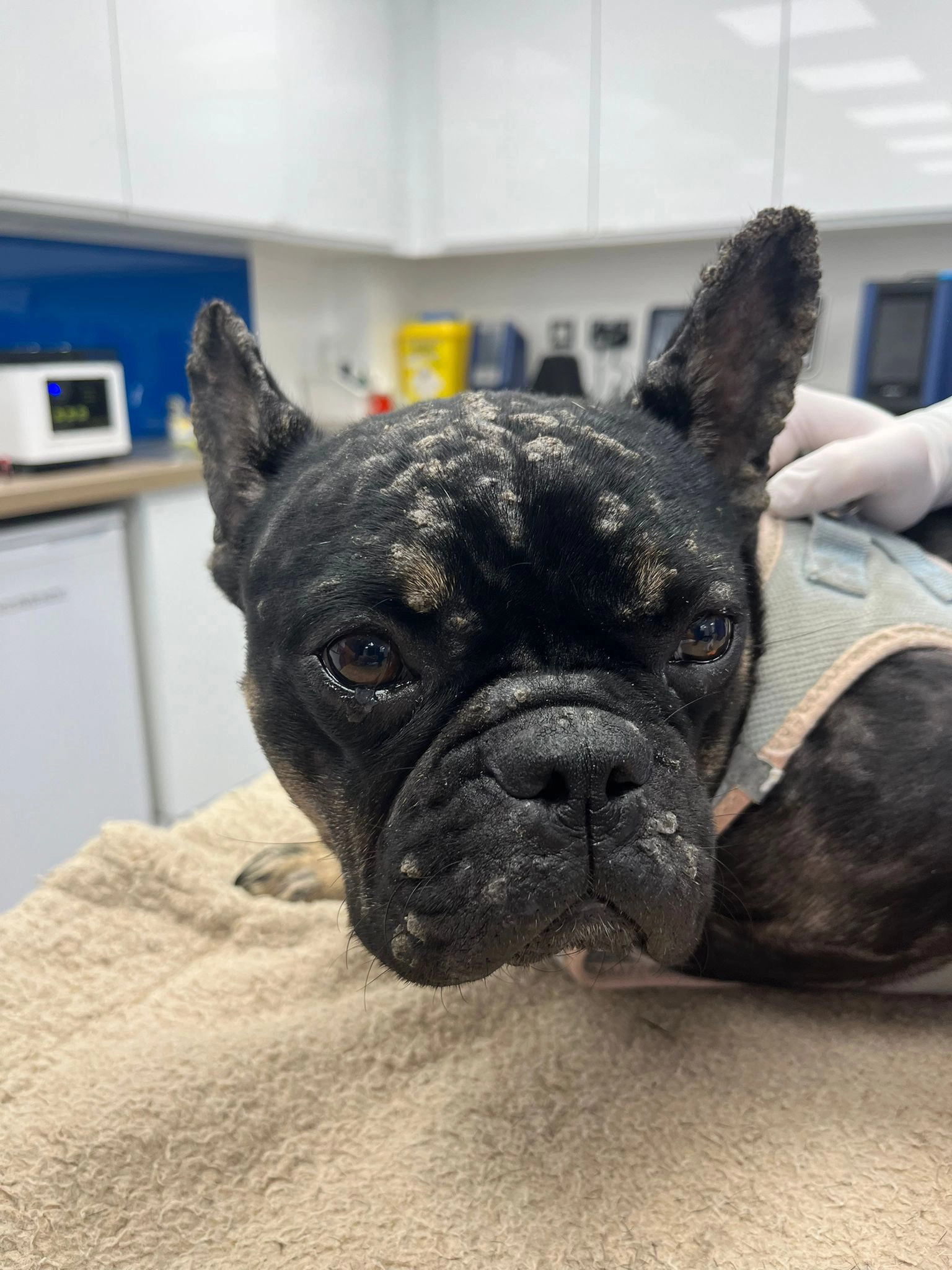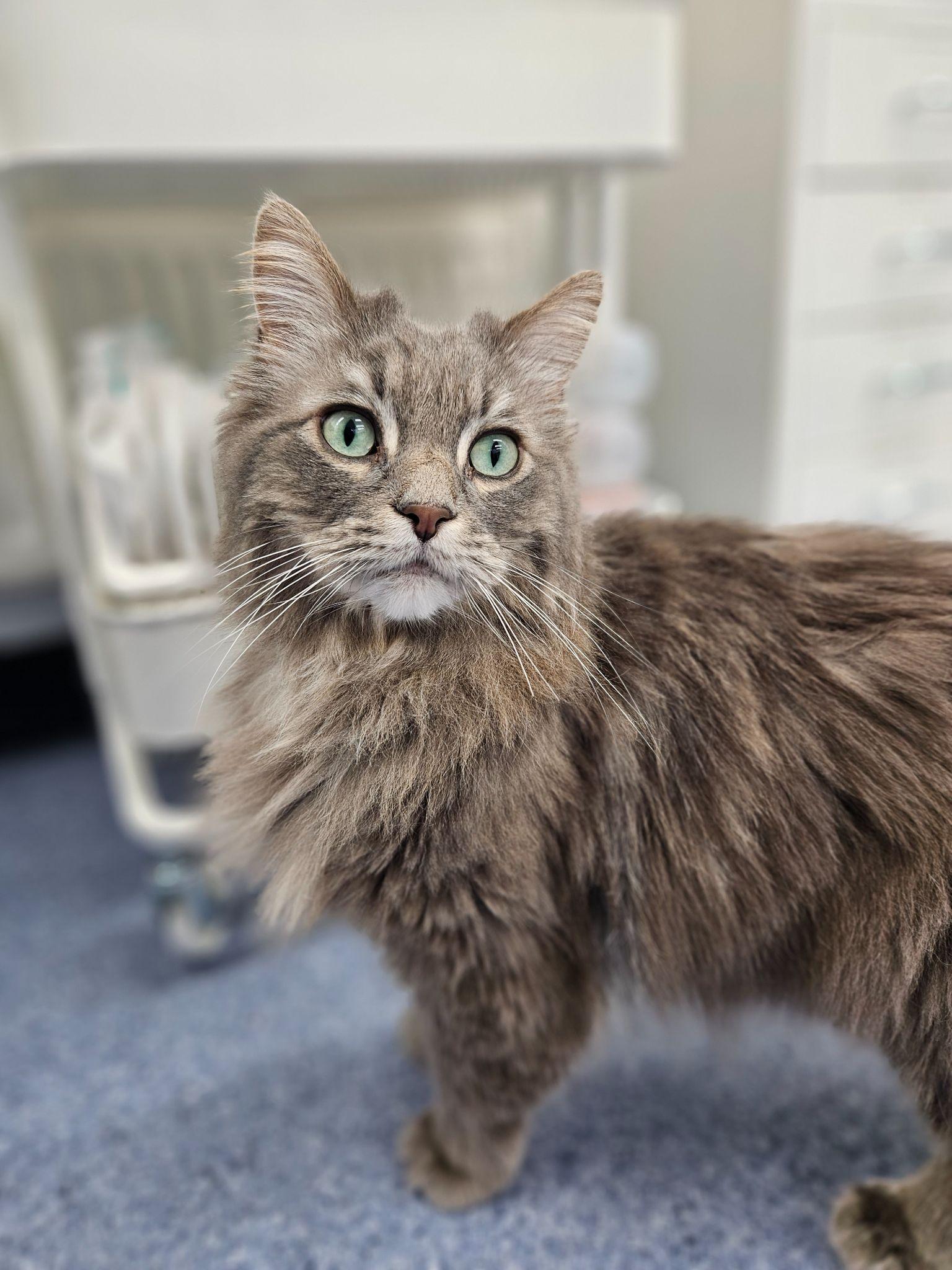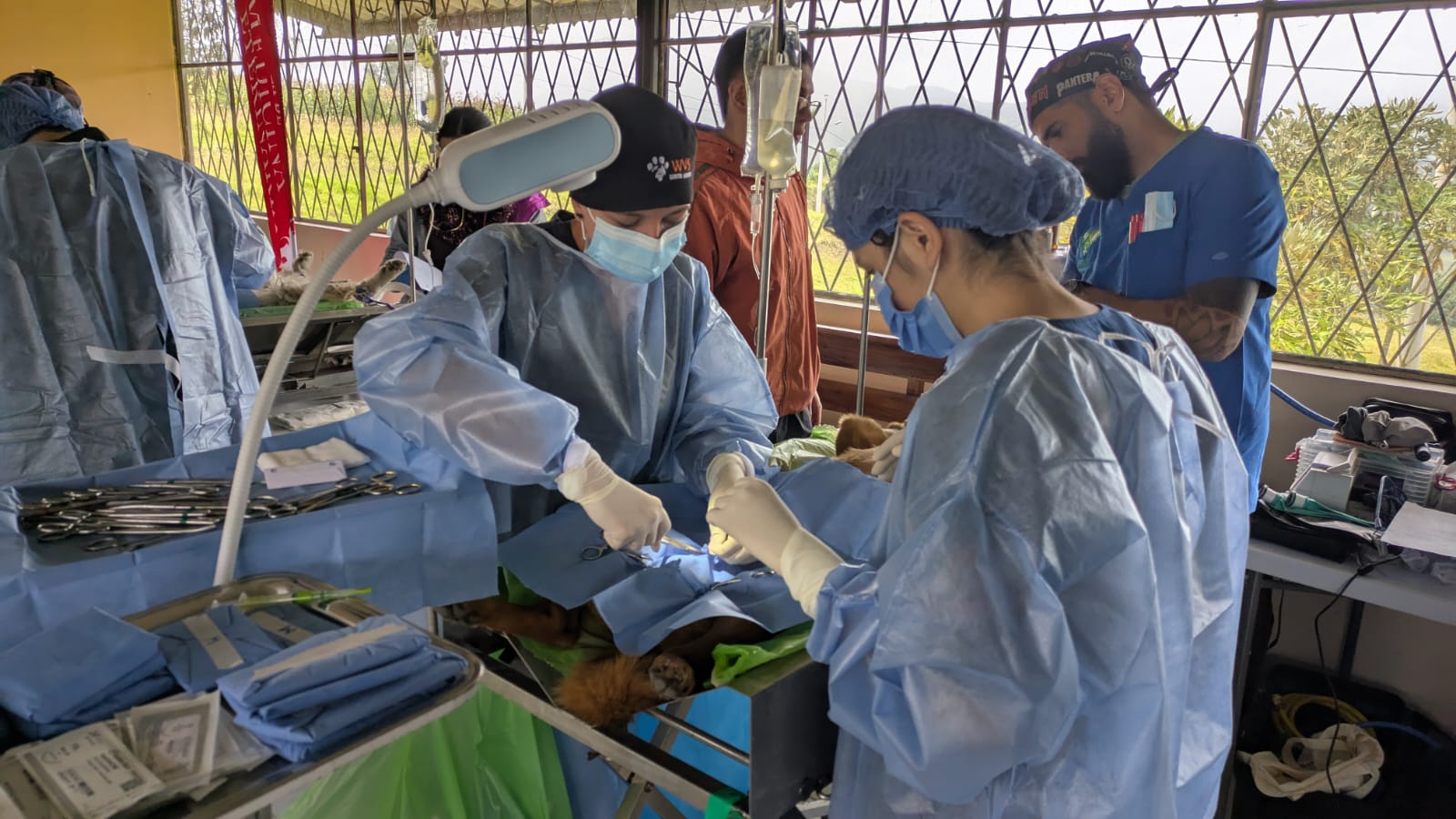Anxiety can affect pets in many ways, the most common symptoms being a heightened sense of danger, panting, sweating, hiding, whimpering and shaking. So when anxiety does strike, do you know how to coax your pet around to being their normal selves? Read on and learn how to ease your pet’s concerns!
Why would my pet be anxious?:
Pets can become anxious for a variety of reasons, the most common being separation anxiety or the fear they experience when meeting strangers. Aside from the two we’ve mentioned, there are a million other reasons as to why your pet could be feeling anxious. It’s far more important to be able to diagnose their anxiety than it is to know the why behind it. For now, you should know that pets become anxious just like us humans.
For example; a friend’s dog becomes very stressed when they grab their coat and scarf. Her dog, being the amazing creature that he is, is able to associate the action of her grabbing her coat and scarf to her leaving the house, thus I was able to tell her that it was separation anxiety her Bruno was experiencing.
Important signs to watch for:
Again, there are a million signs and symptoms that your pet may be anxious over something, but the key things to watch out for are shaking, crying, whimpering, stressed barking, hiding, tail hiding, involuntary wetting and panting. Like most neurological conditions, some stressors may cause your dog to display some symptoms over others or maybe just one out of the handful we’ve listed here.
You can help eliminate other conditions by investigating your pet further; see if they’re bed is wet, perhaps they’re favourite hiding spot too. Once you’re sure that it’s anxiety that your pet is feeling you can then begin to act!

How to treat anxiety:
Firstly, stop and take a deep breath; anxiety is perfectly normal for pets to experience and is non-life-threatening. Your pet will be fine, but it’s also important that you don’t scare them any more than they already are. To begin, speak to your pet in a calm and gentle tone. You can even get down on your knees or sit with them while doing this. As your pet’s owner they will instantly feel better knowing, sensing and feeling that you are near.
Provided your pet is displaying non-aggressive symptoms, you can begin to pet or stroke them carefully and gently; you can even try petting their favourite place while still reassuring them in a calm tone. If they’re small you can even try lifting them and holding them close to your chest; pets have amazing ears and being close to your chest can allow them to hear your heartbeat, whereupon their own heart will begin to mirror your calm one.
In extreme cases you may need to seek aid or a vet. To prepare your pet for the trip you can wrap them in a blanket, move them to their cage or crate and start the journey to your chosen vet. Once you arrive your vet will begin treating your pet for a panic attack.
The Aftermath:
When your pet’s panic passes it’s vital that you remain with them to make sure they don’t have a second attack. When they start to seem more like themselves they’ll probably be very hungry and very thirsty! Treat them to their favourite food and drink and let them get some much-needed rest. Once their immediate panic has passed you can begin to work out why they had been so stressed in the first place; perhaps they thought you were going off somewhere or maybe they saw something that they didn’t quite agree with. It may take some experimenting but once you figure out the cause you can then take action to remove it or train them to deal with its presence.
If you find yourself in the middle of an emergency, or perhaps you’re looking for advice for the future you can always contact us here.
Bye for now!




